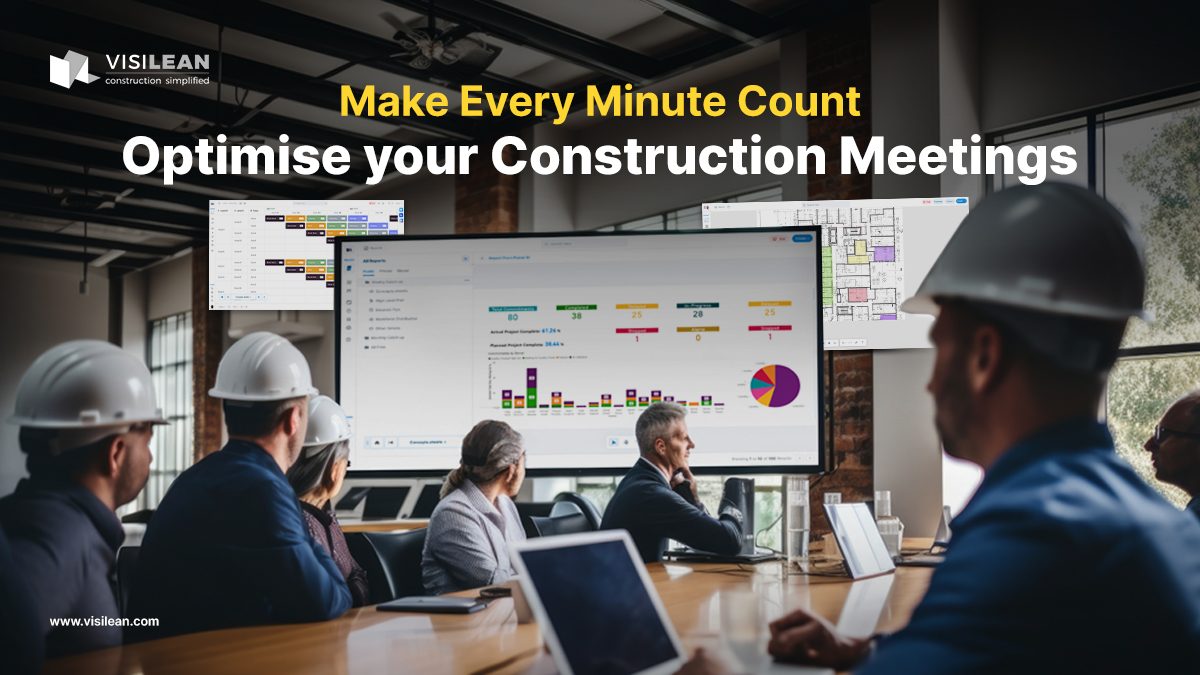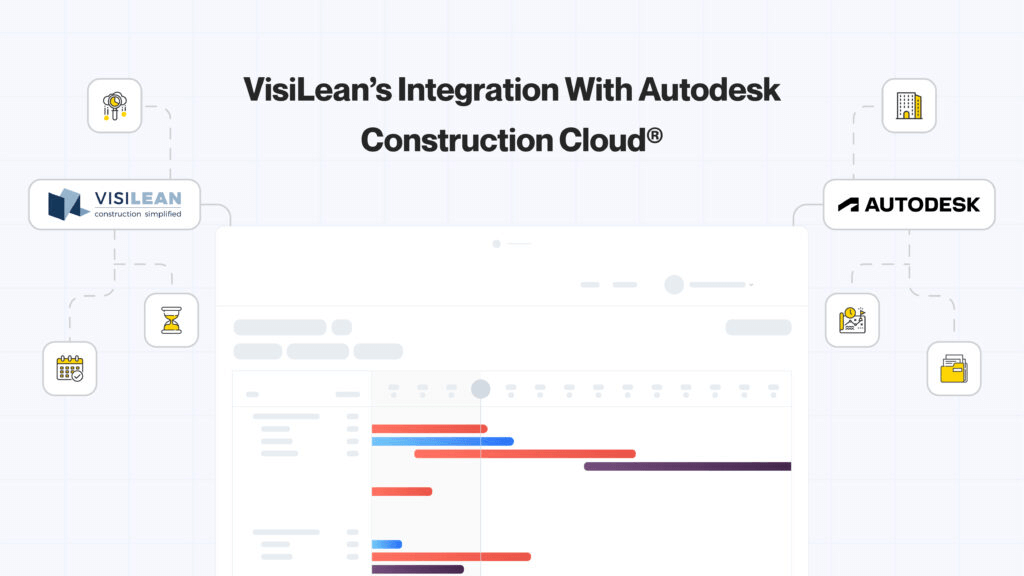According to the old adage, the proof is in the numbers. So allow us to throw you some random facts and figures. According to a study, Redshift predicts that the AEC industry will need to build 13,000 buildings each day between now and 2050. This is to support the projected 7 billion people living in cities. Around 1.55 million new housing units are planned annually in the U.S. The Global Infrastructure Outlook pegs over $94 trillion in infrastructure investment alone in the next 20 years. Do you feel that these numbers are overwhelming? Now imagine planning, designing and building all these structures using traditional methods. It is next to impossible. This is where digitalisation comes in. The fact that only 3% of all construction companies reported not using dedicated construction software according to JK Knowledge shows how seriously the industry is adopting technology. And digitalisation is the only way ahead to sustain the industry’s growing demands.
Construction has been the slowest in adopting digitalization. However, it is over the last decade and buffeted by the post-Covid world and rapid digitalisation in the related industries that has made the construction industry shift gears too. The construction industry is now on the fast track to digital transformation. An AGC report says 23% of firms are taking steps to improve job site performance with lean construction techniques, tools like BIM, and offsite prefabrication. To accelerate progress, the construction industry is embracing cloud collaboration and the integration of various construction technologies and management methods. This also helps in breaking down silos and ensuring that more people stay connected and on the same page throughout the entire project lifecycle. The result is more work is done faster and risks are significantly reduced.
The construction industry has morphed right in front of our eyes in the last couple of years. And that is not all. Grab onto your safety rails, there is more to come! Blame it on the pandemic, the geopolitical unrest, climate change and a dozen other factors, the wheels of change are churning for the better for the industry. As we race into 2023, here’s a look at the major changes that 2022 saw and how the construction industry will be adopting technology for improving outputs and performance.
Focus on technology
The construction industry now swears by Virtual Design and Construction (VDC). From Building Information Modeling (BIM) to construction project management software, the industry is undergoing a huge shift. Working in virtual environments that can be accessed through computers, mobiles, and other handheld devices along with Augmented and Virtual Reality (AR/VR) hardware is becoming the norm. In addition to reducing errors and rework, they also allow the industry to increase its productivity. With prefabrication and modular construction, BIM is consistently helping construction firms maintain budgets and keep tight construction schedules. As per Zion Market Research study, the global building information modelling (BIM) market size was worth around USD 14.72 billion in 2021 and is predicted to grow to around USD 52.5 billion by 2030 with a compound annual growth rate (CAGR) of roughly 13.9% between 2022 and 2030.
And it is not just BIM that that is making a difference. There is a clear shift towards investing in construction project management software. According to Allied Market Research, the global construction management software market size was valued at $9.3 billion in 2021. It is projected to reach $23.9 billion by 2031, growing at a CAGR of 10.2% from 2022 to 2031. It is not just BIM and project management tools that the industry has adopted. The industry is using drones, robots, exoskeletons and wearable tech to ensure safety and efficiency at the worksites. The industry is embracing Artificial Intelligence, AR, VR, and Digital Twins to reduce risks and improve productivity.
The focus on data
Since its early days, the construction industry has produced reams of data. These data used to pile up and were ignored or not properly utilised. With digitalisation, data is now available at the click of a button. The world’s leading construction firms are assessing how to leverage data to make it into information that will help increase productivity and reduce risks, and wastages. Data is now seen as a risk mitigation tool. The future will see a drastic change in how data is analysed and utilised, and it is here that major companies are now investing. Click here to know more about why data and integrating it is important.
The focus on Sustainable construction
Reducing waste at source, reusing, and recycling are the keys to success. To track, measure, and reduce emissions, wastes, and inefficiencies throughout the project lifecycle, firms need to implement a sustainable approach to design, engineering, and construction practices based on relevant data. To know more about sustainable construction, read on
How has VisiLean helped in 2022?
VisiLean is a Lean-BIM integrated cloud-based project management solution that is future-oriented. VisiLean, as you know, is a Lean-BIM integrated futuristic project management solution that helps firms to collaborate, visualise, and enhance performance through the power of real-time data. At VisiLean, we strive towards simplifying the construction management process and workflows – removing complications and hurdles that disrupt the flow of information. We also improve communication between all stakeholders in the project. With this, it is essential to have all the stakeholders on a common platform, rather than being updated through multiple channels. With VisiLean, you can create multiple organisations, or simply, Teams, as per your choice and project workflow.
The key benefits can be summed up as:
- VisiLean helps the stakeholders to collect, collate and collaborate their workflows based on this data.
- VisiLean is a Lean-BIM integrated solution that allows teams to work more collaboratively.
- VisiLean uses a simple, easy-to-understand and user-friendly interface to decode the data sets you have.
- It is visually powerful and allows you to work more efficiently.
- VisiLean allows clients to avoid delays and reworks.







